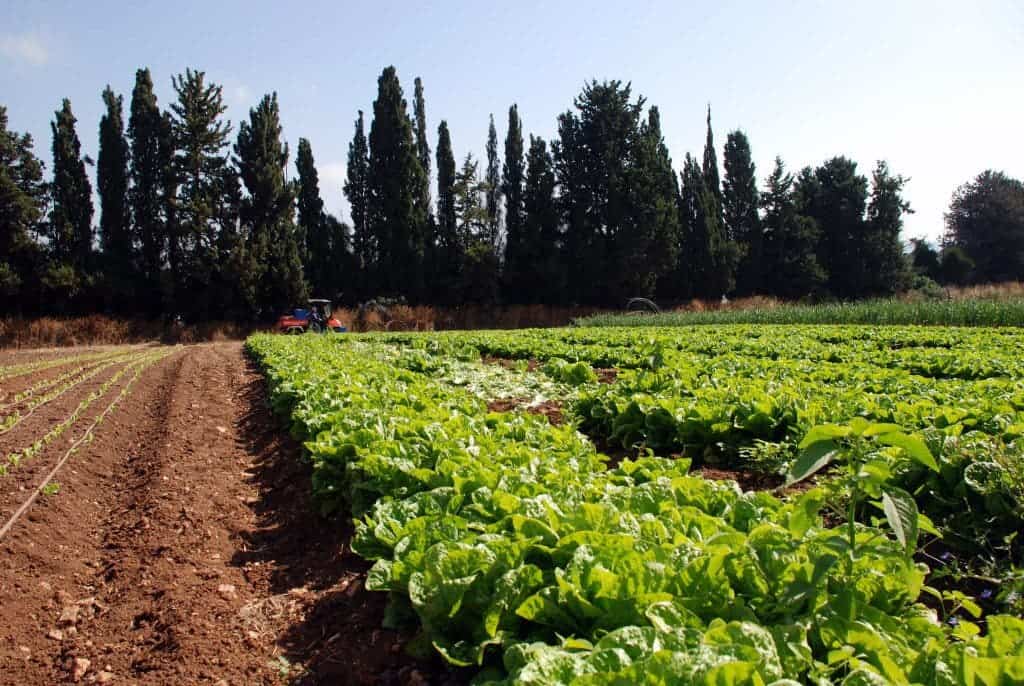Researchers have quantified for the first time the impact of climate change on global agricultural productivity, and it’s bad: the sector is 21% down from where it could have been without the growing emissions. That’s the equivalent of losing about seven years of farm productivity increases since the 1960s, the researchers estimated.

Enhancing agricultural productivity is vital not just for feeding the world, but also for lifting global living standards. Investments in agricultural research have boosted agricultural productivity in the past decades in several ways, but this has been distributed unequally across the world — with growing signs that progress is slowing down in certain regions.
Research to date on the historical impact of climate change on agricultural productivity has focused on yields of major cereal crops or on total GDP. While relevant, they have a limited value for assessing overall productivity for several factors. Cereal crops only represent 20% of agriculture’s global net production value, for example. In other words, we’re still missing an important part of the picture. A new study aims to fill in some of that void.
Agriculture and climate change
Agriculture not only contributes to climate change but is also largely impacted by it. Changing rainfall patterns, extreme weather events, and higher average temperatures are already challenging farmers around the world. Even if some changes may be positive for some regions, most will be negative, especially in parts of the world already suffering from environmental or other changes.
A team of researchers from the University of Maryland, Cornell University, and Sandford University developed a model of weather effects on productivity, looking at productivity in both the presence and absence of climate change. They linked changes in weather and productivity measures with climate models over the last six decades.
“Our study suggests climate and weather-related factors have already had a large impact on agricultural productivity,” Robert Chambers, co-author of the research and professor at the University of Maryland, said in a statement. “We used the model in this paper to estimate what total factor productivity patterns would have looked like in the absence of climate change.”
The researchers calculated the total factor productivity of the agricultural sector, a calculation used to measure the growth of an industry. Agriculture is a unique industry,as not all the inputs that determine productivity are in control of the farmer — like the weather, for instance. They incorporated weather data as part of their analysis, bringing a new perspective into productivity data.
“Productivity is essentially a calculation of your inputs compared to your outputs, and in most industries, the only way to get growth is with new inputs,” Chambers said in a statement. “Agricultural productivity measurement hasn’t historically incorporated weather data, but we want to see the trends for these inputs that are out of the farmer’s control
The findings showed a 21% overall reduction in global agricultural productivity since 1961. The situation is much more severe in warmer regions. Africa had a drop in productivity of 34%, following by Latin America and the Caribbean with 25.9%. Meanwhile, cooler regions were less affected, such as North America (12.5%) and Europe and Central Asia (7.1%).
“It’s not what we can do, but it is where we are headed,” Chambers said in a statement. “This gives us an idea of trends to help see what to do in the future with new changes in the climate that are beyond what we’ve previously seen. We are projected to have almost 10 billion people to feed by 2050, so making sure our productivity is not just stable but growing faster than ever before is a serious concern.”
The study was published in the journal Nature Climate Change.


